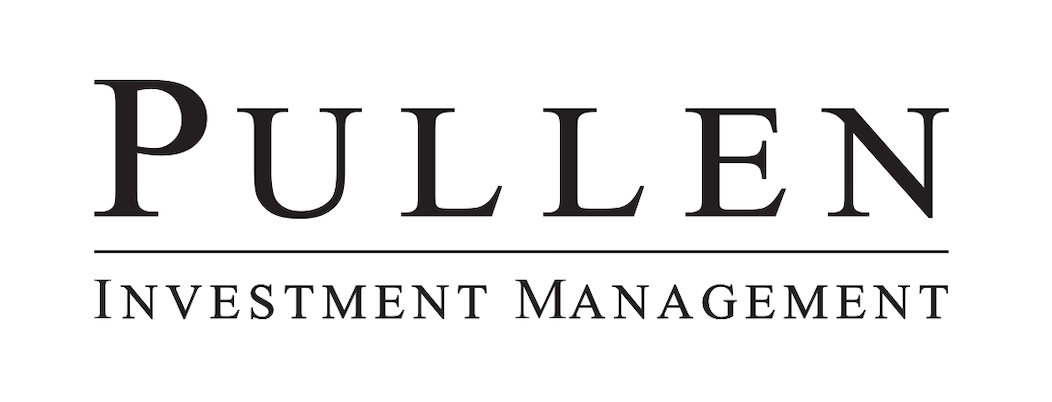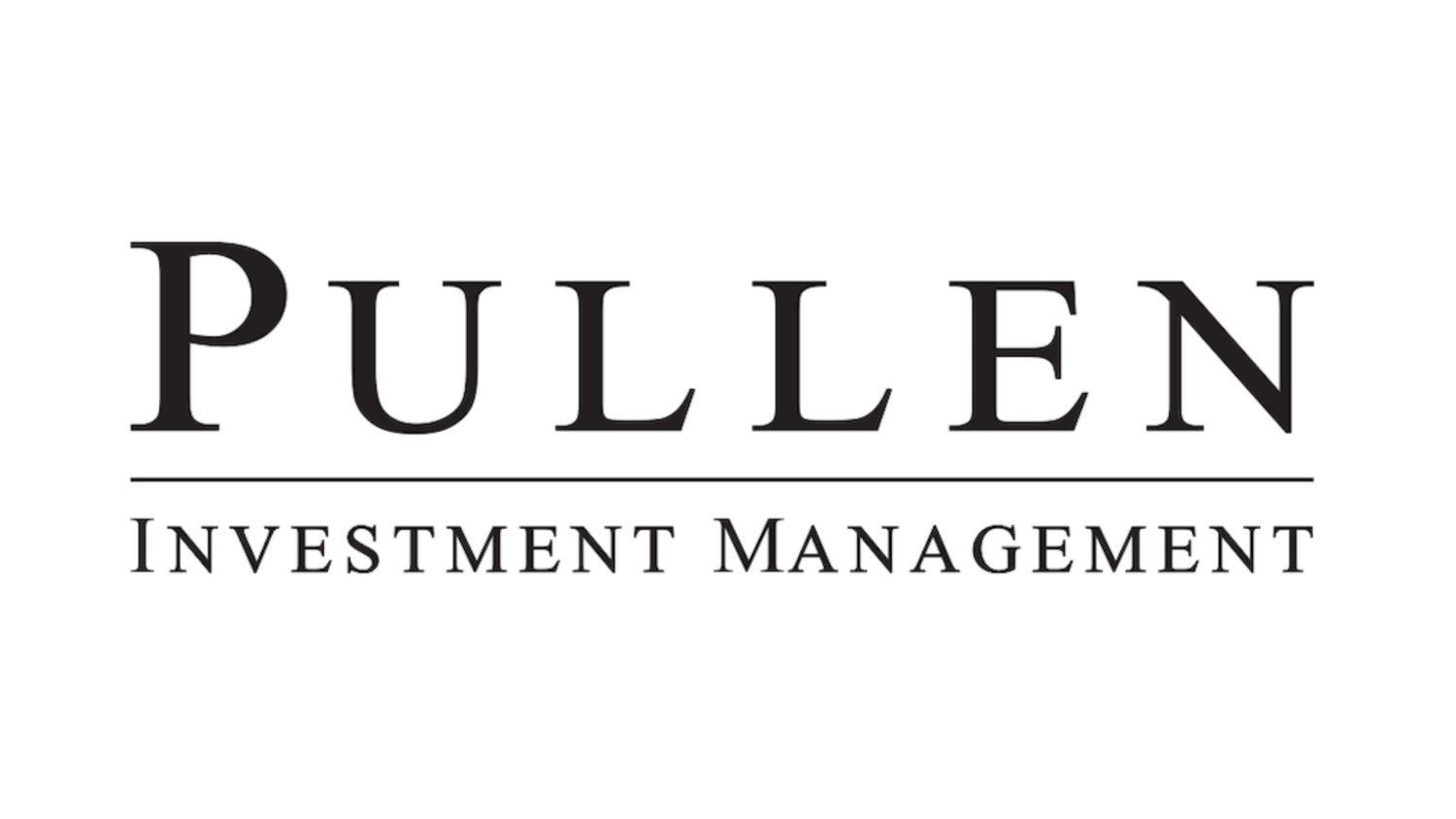Q2 - July 2021
Quarterly Commentary
The S&P 500 posted its second-best, first half gain in more than 20 years as both large and small cap stocks rose for a fifth consecutive quarter in Q2. Vaccine traction seemed to be the biggest driver to the rising investor sentiment as life began to feel more normal for more Americans. The fully vaccinated population in the US climbed from roughly 15% to 45% over the course of the second quarter. While stocks broadly rose, leadership within the market swung around a bit with Technology stocks regaining the top spot, but Energy and Financials were still among the stronger sectors. Inflation remained a popular topic of discussion, as Memorial Day Weekend drivers paid the highest gasoline prices in seven years. Fed officials have adjusted their tone as their guidance now implies an earlier first rate hike than had previously been expected. To be clear, very loose monetary policy remains in place with the Fed confident that most of the current inflation is welcomed news or nothing to worry about. While this might sound like semantics to some, we have not seen much inflation as measured by the CPI for most of the past decade, but we have clearly seen significant asset price inflation. The unconventional policies of the central banks have focused on pushing down bond yields which lifts bond prices, so we should not be surprised to see other related assets from stocks to real estate sitting at elevated levels as well. This is precisely what they wanted to achieve, and COVID only encouraged the Fed to use more fire power. The latest Case-Shiller home price survey showed that home prices in America's 20 largest cities rose 14.9% year-over-year in April - the highest annual gain since Nov 2005. The ratio of home prices to the 1st time buyer’s median income is also at levels only reached during the prior decade’s housing boom.
What is different today is that fiscal spending has joined the stimulus party. Gone are the days of sequestration in DC, when budgets were capped and cut shortly after exiting the last recession. Instead, Washington is leaning into it today, having spent more than $5 trillion dollars since last March of 2020 and have plans for more to come. To put the recent spending into perspective, less than $2 trillion was spent by Washington during the Financial Crisis or what was called the Great Recession. A significant difference between this recession and recovery versus the prior is that consumers collectively have more money today, whether they are working or not, regardless of where they are on the wealth spectrum. This is igniting the current demand boom, which is pushing many businesses to hire almost as quickly as they were told to shut down last spring. The initial unemployment claims are falling rapidly, down to 364,000 most recently, compared to the 900,000 level of early January. For perspective, after the last recession it took four years for claims to recede to this level after peaking around 660,000. It was around the current levels of claims and treasury yields in 2013 that the “taper tantrum” occurred which triggered a doubling in bond yields from roughly 1.5% to 3%. While Fed officials are likely very careful to not repeat that incident, the market is known to connect the dots on its own.
We have seen a lot of incredible things over the past year, but one of the more entertaining stories we have followed lately was the rise of the meme stocks such as the video game retailer GameStop (GME) and the theater chain AMC Entertainment Holdings (AMC). After a year of theaters being closed, and a quadrupling of their shares outstanding, which dilutes the prior shareholders, the company is worth six times more today than before the pandemic! The company last made a profit of $110 million in 2018, so the stock would be trading at 258 times that level of earnings, but current estimates are that they will lose money in 2021 and 2022. To those who prefer passive indexing, we think it is worth noting that AMC finished the quarter as the largest position within the Russell 2000 Index funds. Know what you own!
Tyler Pullen, CFA
Portfolio Manager
¹ BSIG’s peer group consists of the following stocks, APAM, AMG, AB, BEN, EV, FHI, IVZ, JNS, LM TROW and WDR.
Past performance does not guarantee future results. Market conditions can vary widely over time and can result in a loss of portfolio value. In accordance with the rules of the Securities and Exchange Commission, we notify you that a copy of our ADV, Part 2A filing with the SEC is available to you upon request.



